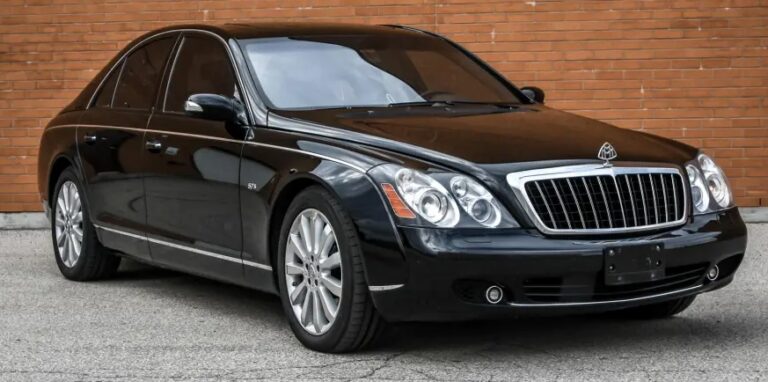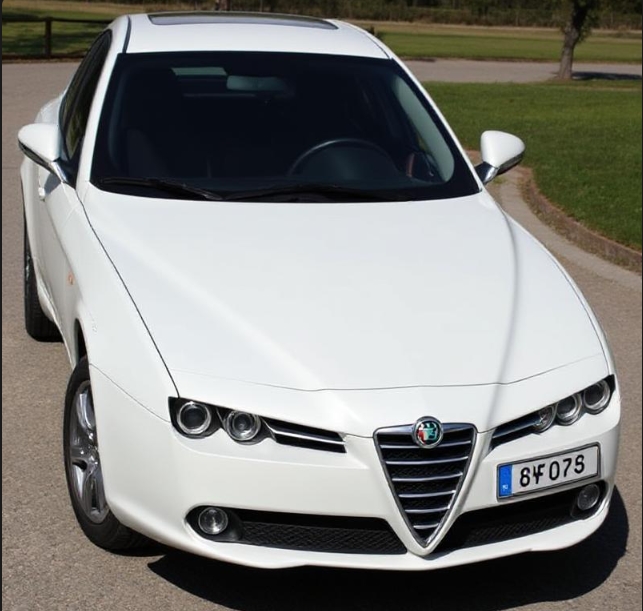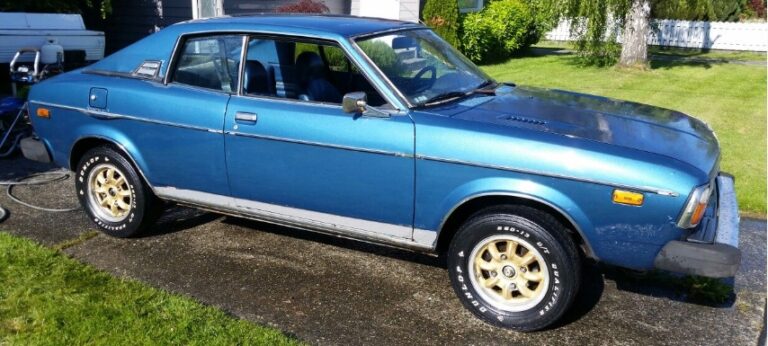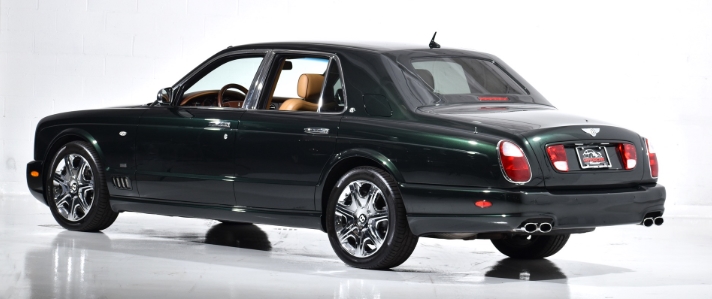The Evolution of the BMW 2002Tii: A Classic Icon of Automotive History
The BMW 2002Tii ranks as one of the most significant models in the annals of automotive history, especially within the context of the German manufacturer’s storied legacy. Launched during a transformative period in the automotive industry, the 2002Tii combined sporty performance with practicality, making it a beloved choice for enthusiasts and everyday drivers alike. Over the years, the 2002Tii underwent several key developments, which reflect both its specific lineage in the BMW 2002 series and the broader evolution of the carmaker itself.
Origins of the 2002 Series: The BMW 2002
The BMW 2002 began its journey in 1968 and was a part of the “Neue Klasse” (New Class) of vehicles that BMW introduced in the 1960s to escape financial distress. The initial model, which featured a 2-door layout, was celebrated for its sporty characteristics, which helped to establish BMW as a contender in the world of performance cars.
Initially powered by the 1.6-liter M10 inline-four engine, the 2002 managed to attract attention for its handling and performance, surpassing competitors from that era. The success of the 2002 led to the need for performance upgrades, prompting BMW to develop a more powerful variant.
The Birth of the Tii: 1971
In 1971, BMW introduced the 2002Tii, marking a significant evolution within the series. The Tii—short for “Touring International Injection”—was powered by a modified version of the M10 engine that produced approximately 130 horsepower, thanks to the addition of a mechanical fuel injection system developed by Kugelfischer. This enhancement allowed for improved performance, pushing the Tii from 0 to 60 mph in just under 10 seconds—a remarkable feat for a compact luxury car at that time.
The Tii also featured a number of performance-oriented components not found in the standard model. The suspension was heightened, contributing to improved handling and a sportier ride. Aesthetically, the Tii made its presence known with subtle modifications like unique badging and distinct paint options.
Models and Trim Levels
Throughout its production from 1971 to 1973, the BMW 2002Tii came in a single trim level, but optional packages allowed for customizations that catered to specific preferences. The most notable package was the “Sport” package, which included upgrades like sport seats and a sport steering wheel.
In terms of mechanical options, buyers could choose between a 4-speed manual transmission or an optional 3-speed automatic. The 2002Tii also featured aluminum bumpers and a slightly modified exterior design, including a front spoiler that gave the car a more aggressive stance.
The Legacy and Last Production Years: 1974–1976
By 1974, the production of the original 2002Tii came to an end as demand shifted, and regulations concerning emissions became more stringent. While the Tii ceased production, variations of the 2002 continued to be produced. The 2002 model range included several trim levels and versions—namely the 2002, 2002A, 2002B, and the 2002 turbo, the latter of which was BMW’s first turbocharged model.
In total, the 2002 series production numbers are estimated to be around 800,000 units. The turbocharged variant, while not a Tii, merits mentioning as it represents BMW’s attempt to push performance boundaries further. The 2002 Turbo, introduced in 1973, was the first mass-produced turbocharged passenger car and put out around 170 horsepower. Its unique body kit and racier design provided a notable distinction within the 2002 lineage.
.
Ready for a few of the odd and wonderful adventures from the world of automobiles?
Weird Vehicle Tales will take you into a chapter of the grand saga!
.
The 2002’s Cultural Impact
The 2002Tii transcended mere performance metrics to become a cultural touchstone, especially in motorsport and among car enthusiasts. In the early 1970s, the car gained immense popularity among rally racers and weekend drivers who appreciated its balance and agility. BMW capitalized on its success in motorsport by adopting the 2002’s design philosophy in subsequent models such as the legendary “BMW 3 Series”.
The car also enjoyed a significant presence in popular culture, featured in various films, advertisements, and car shows. Its distinctive design and robust performance contributed to a revival of interest in classic cars, especially during the 1990s amidst a growing collector car movement.
The 2002Tii’s Role in BMW’s Evolution
The legacy of the 2002Tii can be seen in how it laid the groundwork for BMW’s future models. The car was not only pivotal in establishing the “Sport Sedan” segment but also helped solidify BMW’s mission to marry performance with luxury. It set a precedent for design and engineering quality that would resonate throughout BMW’s offerings, particularly in its successful 3 and 5 Series vehicles.
BMW aficionados frequently attribute the brand’s identity and commitment to sporty yet practical automotive engineering to the success of the 2002. As innovations bloomed, the essence of a small, rear-wheel-drive car with engaging dynamics became an integral part of BMW’s DNA.
Conclusion: A Timeless Car
The BMW 2002Tii remains a lasting testament to automotive ingenuity and design. Within just a few years of production, it managed to become a symbol of what a sports sedan could be, blending performance with everyday usability. The Tii’s classic lines and mechanical reliability continue to attract enthusiasts who appreciate its rich history and exceptional driving experience.
Today, the 2002Tii is a sought-after collectible among vintage car enthusiasts, often restored to its former glory, or modified for modern driving. Its reputation for being robust and fun ensures that the BMW 2002Tii will forever occupy a cherished place within the hearts of car lovers and in the annals of automotive history. As we look back on its evolution, we recognize how one enduring model can shape an entire brand and lay the groundwork for future innovation.







